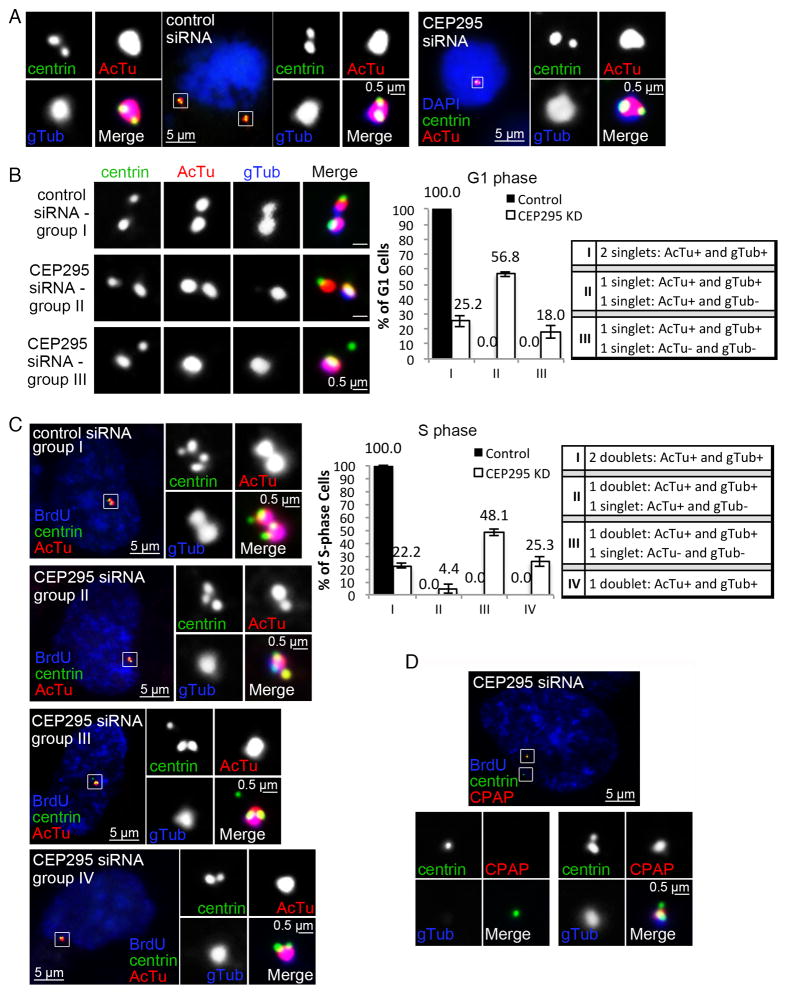Figure 4. Centriole-to-centrosome conversion stabilizes centrioles devoid of the cartwheel.
(A) Mother centrioles and their engaged daughter centrioles in cells treated with control (left) or CEP295 siRNA (right) for 72 hours were examined at early mitosis with antibodies against centrin, γ-tubulin (gTub), and acetylated α-tubulin (AcTu).
(B) Cells treated with control or CEP295 siRNA for 72 hours were labeled with BrdU before fixation. G1 cells, BrdU negative (not shown) and inheriting a pair of disengaged centrioles, were examined with indicated antibodies. Quantifications are shown (right) (n>100, N=3). Error bars represent standard deviation. Note that in CEP295 siRNA-treated cells, majority of daughter centrioles failed to convert to centrosomes (group II & III; gTub-), some of which also lost the AcTu staining (group III) (gTub- & AcTu-).
(C) Cells were treated as described in (B). BrdU-positive cells inheriting active centrosomes (gTub foci) were examined with indicated antibodies. Cells inheriting no centrosomes were excluded. Quantifications are shown (right) (n>100, N=3). Note that in the majority of CEP295 RNAi cells, the inherited DCP/daughter centrioles either became non-detectable (group IV), or had lost the AcTu staining (group III) (gTub-; AcTu-).
(D) DCP centrioles in S-phase cells were examined for the localization of CPAP with indicated antibodies.
See also Figure S3.

